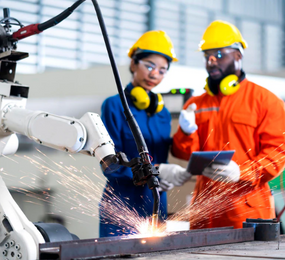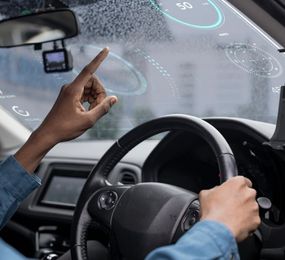As autonomous vehicles (AVs) become increasingly prevalent, ensuring their safety is paramount. One of the key technologies driving this safety is data fusion. By combining data from multiple sensors, data fusion provides a more comprehensive and accurate understanding of the environment, enabling AVs to make informed decisions and avoid potential hazards.
Understanding Data Fusion
Data fusion refers to the process of combining data from various sources to create a unified representation of the environment. In the context of autonomous vehicles, this involves integrating data from multiple sensors, such as cameras, lidar, radar, and ultrasonic sensors.
Benefits of Data Fusion for Autonomous Vehicles
- Enhanced Perception: By combining data from multiple sensors, data fusion can improve the accuracy and reliability of object detection, tracking, and scene understanding.
- Improved Decision-Making: A more comprehensive understanding of the environment enables AVs to make better decisions, such as when to accelerate, brake, or change lanes.
- Reduced Uncertainty: Data fusion helps to reduce the uncertainty associated with individual sensor measurements, leading to more robust and reliable perception.
- Increased Redundancy: Using multiple sensors provides redundancy, ensuring that the AV can still operate safely even if one sensor fails.
Data Fusion Techniques
Several techniques can be used to fuse data from different sensors. Some common approaches include:
- Sensor Fusion Algorithms: These algorithms combine sensor data using mathematical models to create a unified representation of the environment.
- Bayesian Networks: Bayesian networks are probabilistic models that can be used to represent the relationships between different variables and estimate the probability of various outcomes.
- Kalman Filters: Kalman filters are statistical estimation techniques that can be used to predict the future state of a system based on past measurements.
Challenges and Considerations
While data fusion offers significant benefits, it also presents challenges. These include:
- Sensor Calibration: Ensuring that sensors are properly calibrated to provide accurate and consistent measurements.
- Data Synchronization: Ensuring that data from different sensors is synchronized to avoid inconsistencies.
- Computational Cost: Data fusion can be computationally intensive, requiring powerful hardware and efficient algorithms.
- Noise and Uncertainty: Dealing with noise and uncertainty in sensor data is a critical challenge in data fusion.
As autonomous vehicles continue to evolve, data fusion will play an increasingly important role in ensuring their safety and reliability. Advances in sensor technology, data fusion algorithms, and computational power will enable even more sophisticated data fusion techniques.
By leveraging data fusion, the automotive industry can pave the way for a future where autonomous vehicles are a safe and reliable mode of transportation.
Register today to secure your spot, please check here: https://bit.ly/3zH7AKk
For more information and group participation, contact us: [email protected]
















